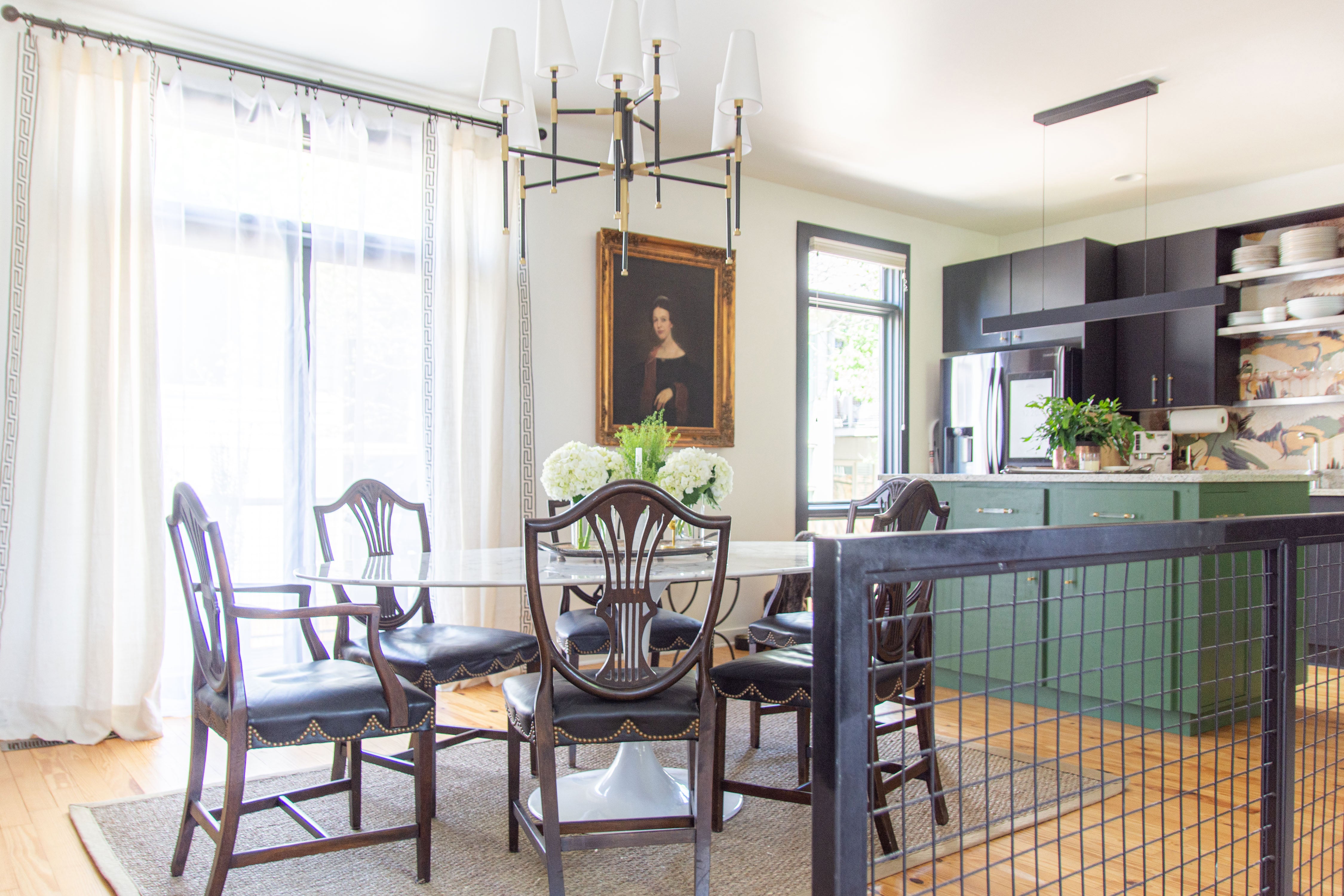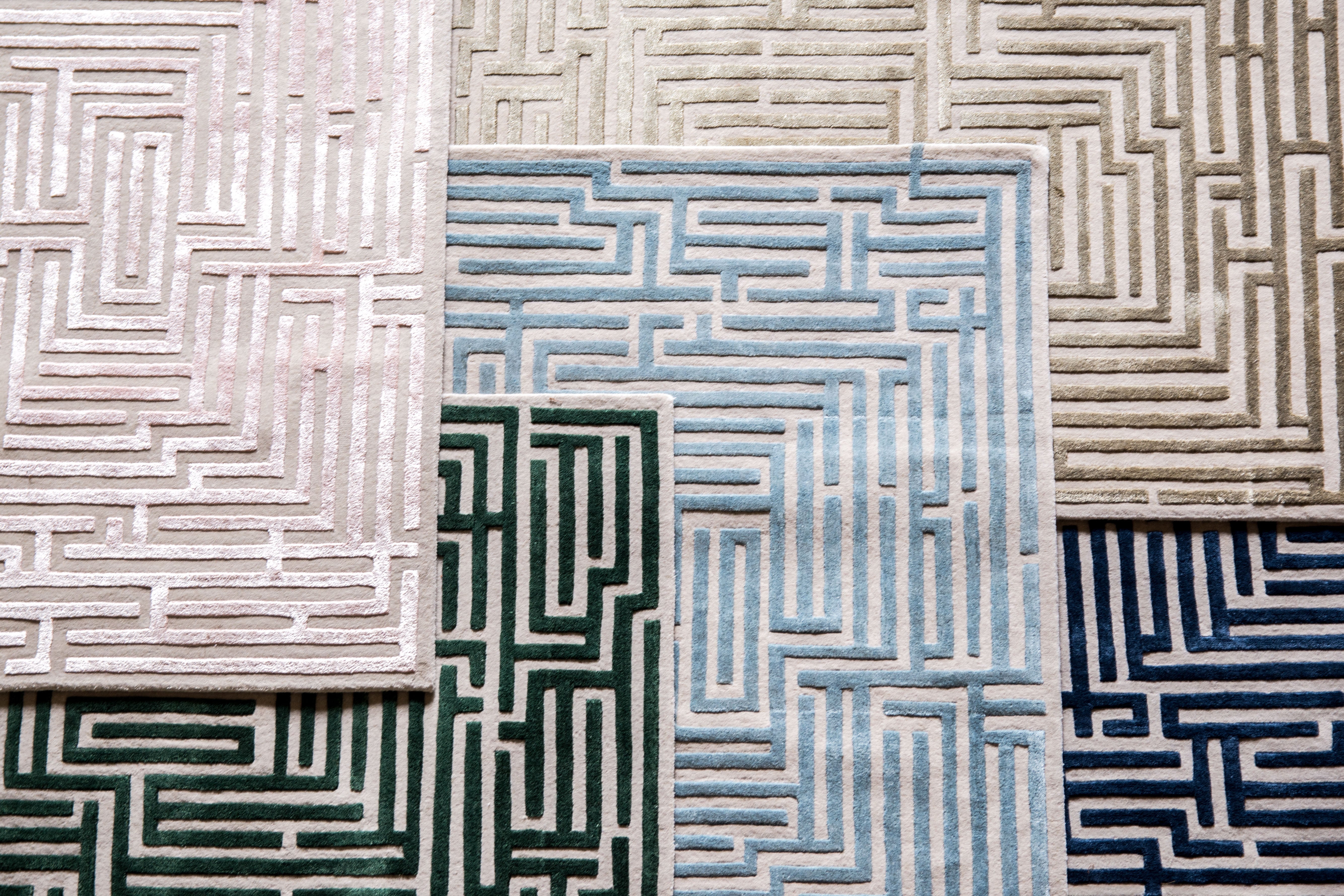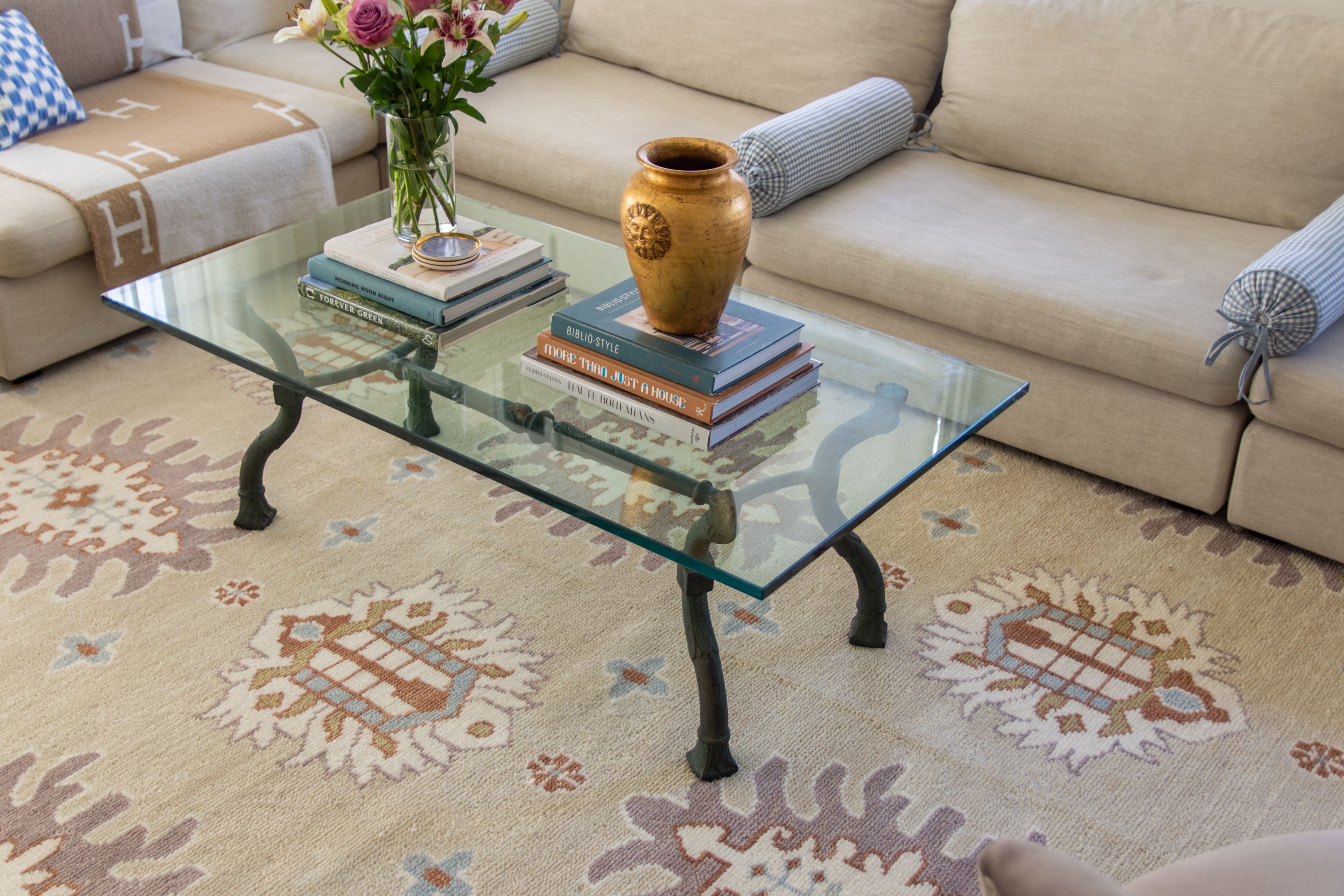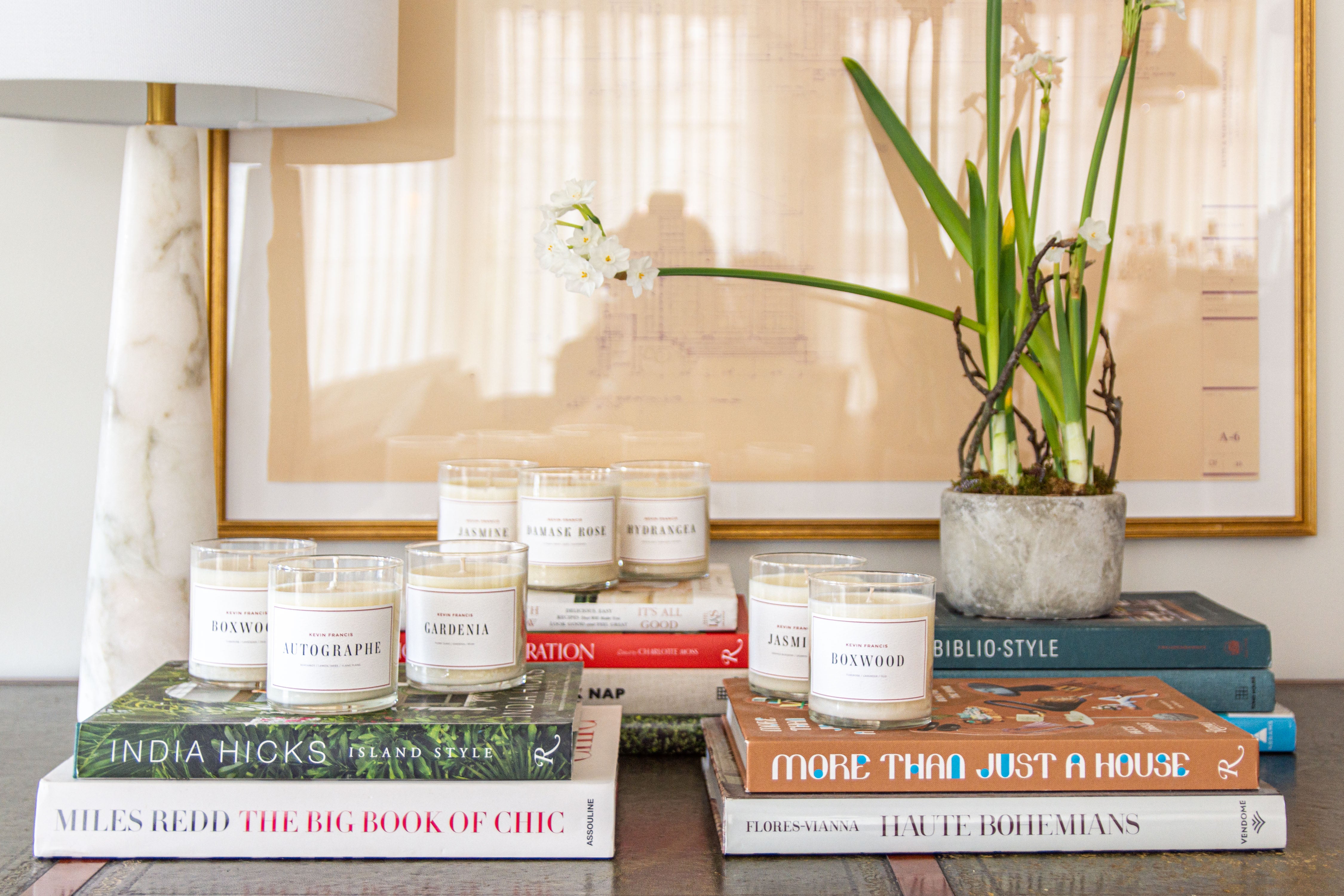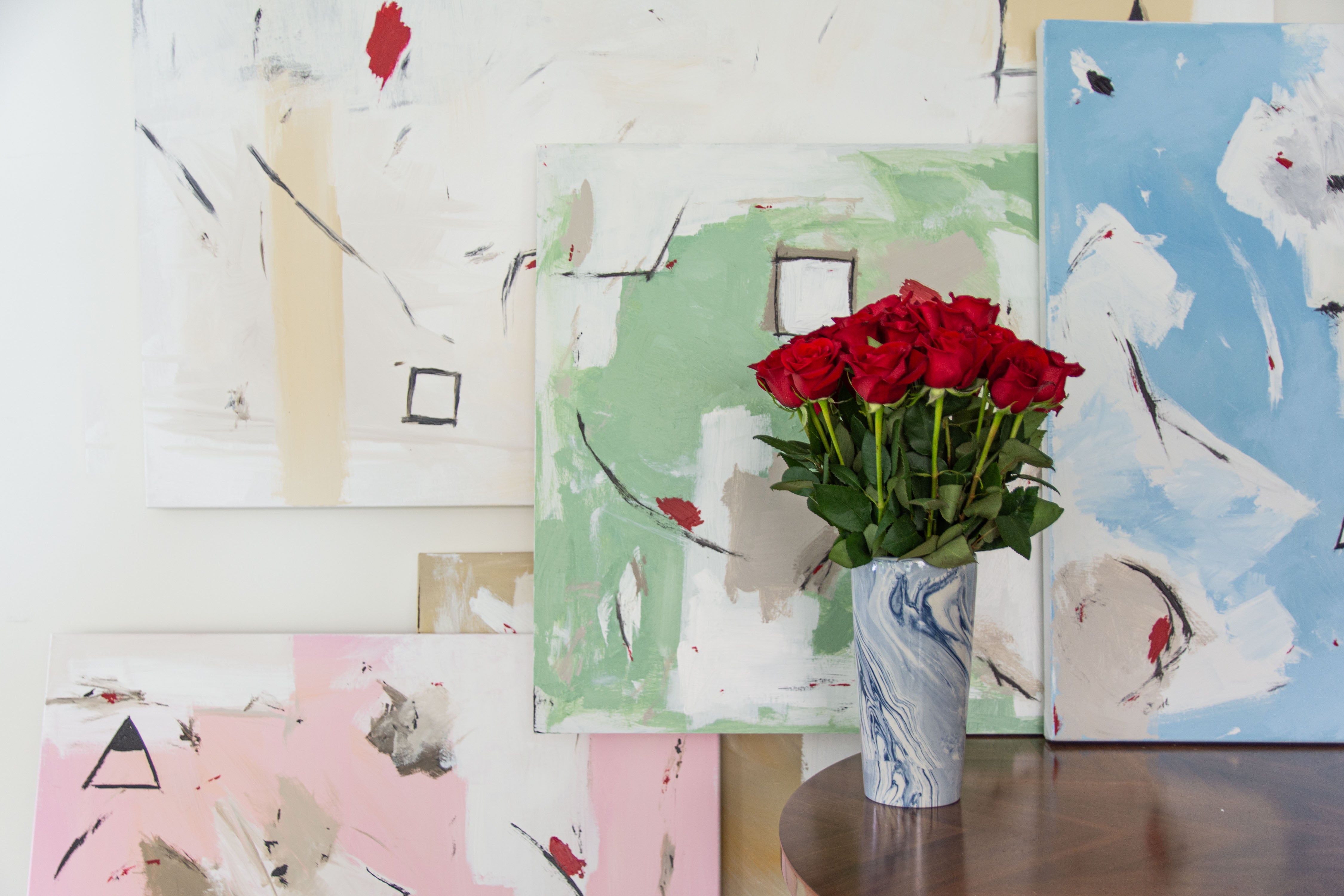The Art of Indoor-Outdoor Living: Blurring the Lines with Design

Indoor-outdoor living is the latest trend among homeowners and construction professionals for all the right reasons.
After all, who wouldn't love to wake up to a gentle breeze drifting through the bedroom, carrying the perfumed garden indoors? Or cooking under a starlit skyline through huge glass roof windows.
If this lifestyle allures you, then this article is for you. Read on as we guide you through indoor-outdoor living and five practical ways to blur the lines with design.
What is Indoor-Outdoor Living?
Indoor-outdoor living describes a new trend in home designs whose essence lies in creating a space not confined by walls. Extending your indoor living area to the outdoors creates a seamless transition between the two.
The trends are rooted in our desire to connect more with nature. Especially today, as technology takes up a substantial part of our lives, an indoor-outdoor living space allows us to reconnect with the world around us.
Benefits of Indoor-Outdoor Living
The resurgence of craftily blending indoor and outdoor living spaces has numerous benefits, including:
Increased Home Value
Space is the most significant aspect that buyers consider. Adding outdoor space is an affordable strategy for increasing the property's rate.
Plus, with homeowners spending 25% of their remodeling budget on outdoor living, investing in indoor-outdoor architecture can also wow potential buyers.
Expanded Living Space
If you are pressed for square footage and want more room, indoor-outdoor living is for you. Without spending hefty on remodeling, you can transform the outdoors into a multi-use space to entertain and enjoy.
It can include adding functional spaces, like indoor-outdoor kitchens, lounge areas, and dining rooms. By being consistent in the design between the two, you can make the space look more cohesive. Plus, this will make the entire area feel bigger.
Better Health
A study published by the National Institute of Health (NIH) shows that interacting with nature improves cognition and memory. Moreover, being outdoors also reduces stress by lowering cortisol levels.
Extra Entertaining Options
Indoor-outdoor homes are excellent to expand your home for social gatherings. The design allows you to utilize outdoor spaces for maximum entertaining by accommodating more guests.
Moreover, features like these make your home the perfect place for large get-togethers:
- Elaborate outdoor kitchen equipped with grills, countertops, sinks, and a dedicated gas line
- Fireplaces that create an intimate seating area (especially during socializing)
- TV viewing areas to watch televised events and games with friends and family
5 Ways to Bring Indoor-Outdoor Look to Your Home
Maintain Continuity
Textures, flooring, paints, and fabrics play a significant role in uniting indoor and outdoor spaces. That's why you want to maintain continuity in elements–including aesthetics.
Pick a theme and keep it consistent. Start first with the flooring. Choose a similar flooring option for your space's outdoor and indoor portions. This will seamlessly transition the gaze from the indoors to the outdoors.
The floor will also establish the foundation of your color scheme. Ideally, choose neutral tones that accentuate nature for a better connection. Opt for a paint color that complements the theme.
For example, if your area has a lot of greenery, bring hints of green indoors to create a visual link.
Even better, use natural materials, like wood and stone. Select durable and weather-resistant fabrics, such as Sunbrella fabric, for cushions and upholstery. Maintain consistency in furnishing design styles.
Create a Flow with Open Plan Living
Open-plan living is similar to indoor-outdoor living. It's easier to attain if you can zone out places like dining areas, bedrooms, living spaces, offices, kitchens, family rooms, etc.
Start working with invisible walls. Use connectors–like area rugs, wall treatments, or other architectural features—to delineate spaces smartly, especially in open-concept living rooms or bedrooms, while blending the entire design.
Design an open kitchen. Let the flooring flow from the dining room to the kitchen for a seamless transition between the spaces.
Highlight structural features like columns, beams, and vaulted ceilings. Create intelligent storage spaces, like wall panels with a concealed hidden storage closet.
If you plan the architecture from scratch, go for an L-shaped open plan with huge glass windows and doors.
Revamp Your Sitting Area
A sitting area that seamlessly integrates with your outdoor area creates the perfect transition between the two spaces.
To transform your sitting areas around the house into an inviting, outdoorsy space, arrange the furniture to face larger windows, open vistas, and glass doors. This layout creates a sense of openness and connection with nature.
Add outdoor elements, like patio furniture, to the area: place hammocks, outdoor sofas, and swings into the integrated living space. Along with creating extra sitting space, the furniture will add playfulness to the room–especially the swings and hammocks.
You can also add outdoor heaters, fire pits, and comfortable seating arrangements. This setup will encourage you to relax and enjoy natural beauty regardless of the season.
Incorporate Plants
The most budget-friendly way to bring the outdoors inside is by adding plants–lots of them. Not only do they provide a visual connection with nature, but they also improve the air quality and overall tranquility.
Choose plants that can thrive indoors and outside for a smoother transition. This will help maintain a consistent theme throughout your living space.
Look for species that tolerate lower light levels, such as snake plants, Erica, Pothos, and peace lilies. For the outdoors, opt for plants that complement your architecture and can withstand the local climate.
Create a cohesive plant layout to maintain a visual flow. Use complementary planters for consistency. Even better, cluster plants of different sizes and shapes for a more impactful visual statement.
Maximize Natural Light Indoors
If you want to truly embrace indoor-outdoor living, you need to make your indoors as bright as the outdoors. The answer is adding more natural lighting.
There are a few ways to achieve this. For example, you can add
- skylights or roof windows
- Internal openings, much like latticework separators, permanent screens between rooms to let light into darker regions
- Mirrors create an illusion of bigger spaces and funnel natural light into areas like stairwells or hallways.
- White paint to your roof's overhanging (eaves)
- Gloss and metallic surfaces to bounce lights indoors (high-gloss paint or decors)
- Large windows and sliding or bi-fold doors.
All this will flood your space with sunlight and create the illusion of a more open and larger area.
Create your Indoor-Outdoor Oasis
Indoor-outdoor living has endless possibilities. Whether you are looking to make a few minor changes or remodel the architecture, there are always ways to incorporate this trendy aesthetic into your living space.
Let your creativity flow and turn your indoor-outdoor living dream into a reality.
Upgrade your home with a touch of luxury. Explore the possibilities offered and designed by Kevin Francis. Visit Kevin Francis Design to browse the collections and find the perfect ideas for your home's design.





